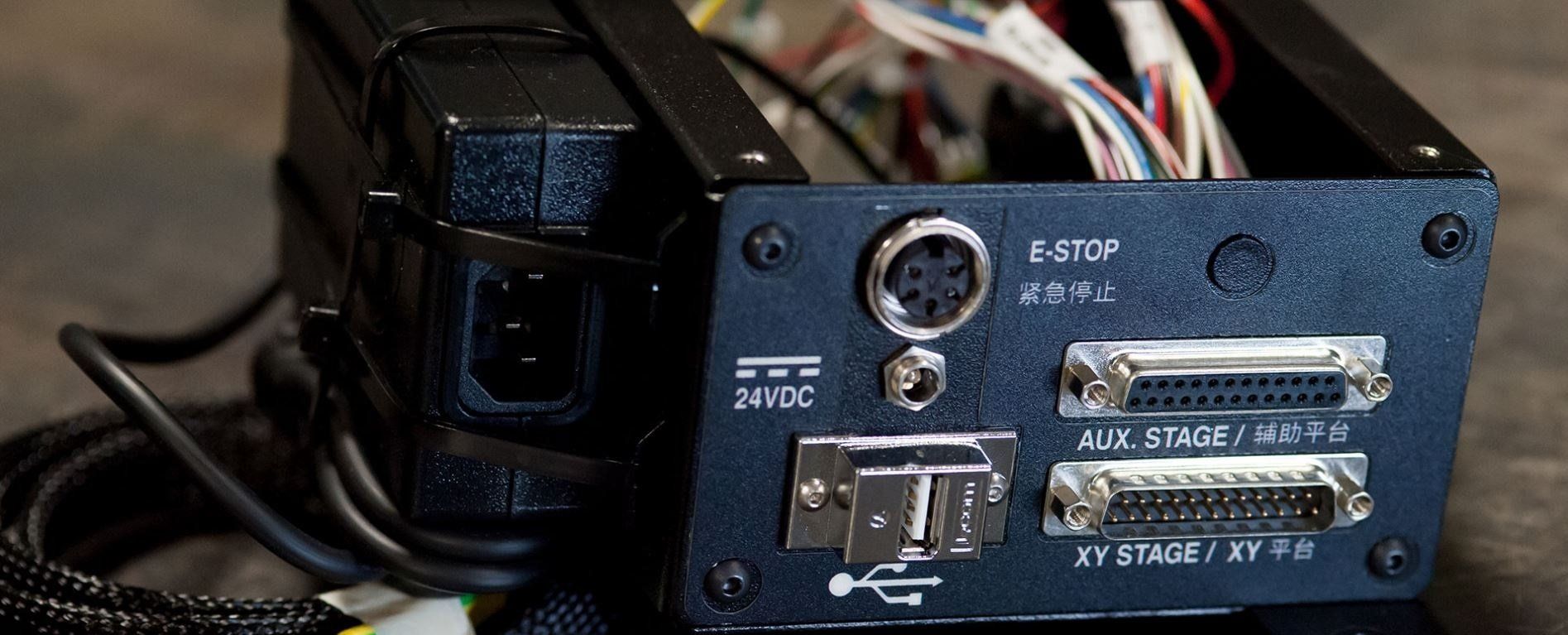Thermal Management in Electronics: Trends and Best Practices
The rapid advancement of electronic devices has led to a significant increase in heat generation, making thermal management a critical aspect of electronics design. As devices become smaller, faster, and more powerful, managing heat effectively is crucial to ensure reliability, performance, and safety.
In this blog post, we'll explore the latest trends and best practices in thermal management for electronics, highlighting key strategies and technologies to help you optimize thermal performance and reduce heat-related failures.
The Importance of Thermal Management
Thermal management is essential in electronics design for several reasons:
1. Reliability: Excessive heat can lead to component failure, reducing the overall reliability of the device.
2. Performance: High temperatures can slow down device performance, affecting processing speed, memory, and overall functionality.
3. Safety: Overheating can cause electrical shocks, fires, or explosions, posing a significant risk to users and surrounding environments.
Trends in Thermal Management
Several trends are shaping the thermal management landscape:
1. Increased Use of Advanced Materials: New materials like graphene, nanomaterials, and phase-change materials are being explored for their exceptional thermal properties.
2. Integration of Thermal Management into System Design: Thermal management is becoming an integral part of system design, rather than an afterthought.
3. Growing Adoption of Liquid Cooling: Liquid cooling is gaining popularity, particularly in high-performance applications like data centers, gaming PCs, and electric vehicles.
4. Development of Smart Thermal Management Systems: Advanced sensors, algorithms, and control systems are being developed to optimize thermal management in real-time.
Best Practices for Thermal Management
To ensure effective thermal management, follow these best practices:
1. Conduct Thorough Thermal Analysis: Perform thermal simulations and testing to identify potential hotspots and optimize thermal design.
2. Select Suitable Thermal Interface Materials: Choose materials with high thermal conductivity and suitable mechanical properties.
3. Optimize Heat Sink Design: Design heat sinks with optimal geometry, material, and fin arrangement to maximize heat transfer.
4. Implement Active Cooling Solutions: Use fans, blowers, or liquid cooling systems to actively remove heat from high-temperature components.
5. Monitor and Control Temperature: Implement temperature sensors and control systems to monitor and regulate temperature in real-time.
Conclusion
Thermal management is a critical aspect of electronics design, and its importance will only continue to grow as devices become more complex and powerful. By staying up-to-date with the latest trends and best practices, you can ensure your devices operate reliably, efficiently, and safely.









